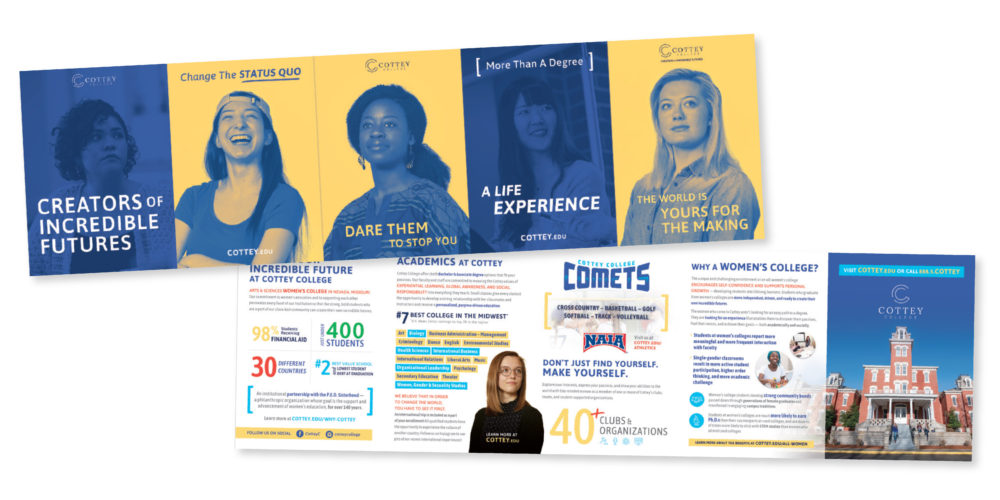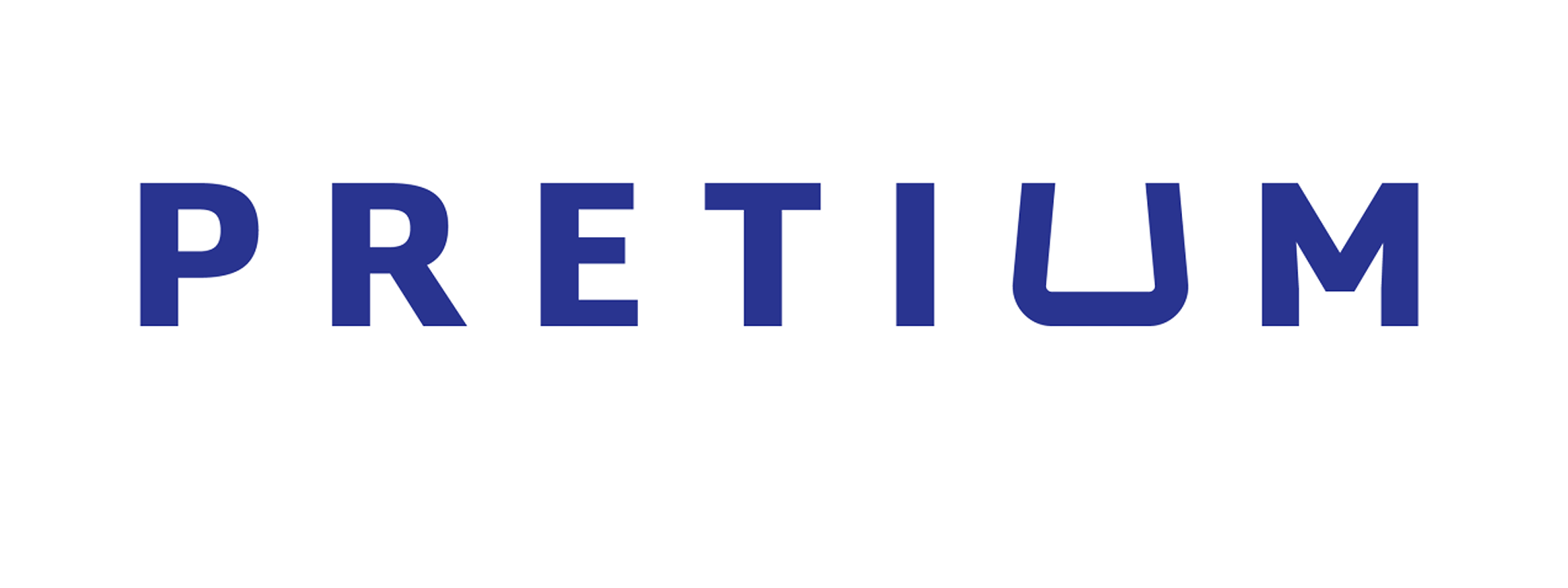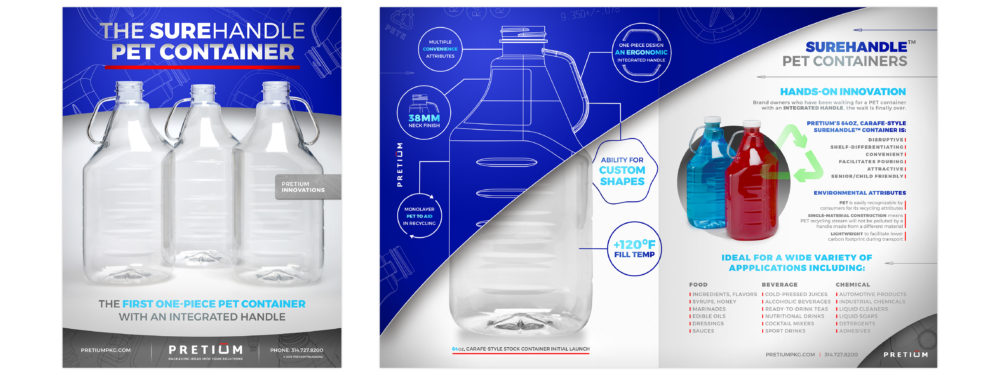Today nearly every university offers online courses to both full-time and part-time students, making online courses a rapidly growing component of an increasingly digital age. Online enrollment is the fastest growing segment of higher education and is expected to jump to 5 million by 2020*.
While these universities offer online courses on topics like marketing and business analytics, many of them don’t seem to practice what they preach. Or, perhaps more likely, many universities haven’t adjusted what they preach to reflect the new age of digital marketing and data-driven business solutions. Here are few tips based on our experience in promoting online course:
The A-B-Cs of Online Course Marketing Efforts
Three important factors in getting the most out of your online course offerings are awareness, enrollment and retention, and full-funnel reporting for attribution reporting and campaign optimization.
A: Awareness
It shouldn’t be a surprise that program awareness is critical to your success. Our experience has been that Google, Yahoo and Bing are the most likely places prospective student visit to start their search. But with so many universities all vying for the same audience on these sites, it can be very confusing to decide which school is the best choice.
We believe the best way to attract the best-fit student is for university marketing and enrollment staff to first fully understand their school’s brand, its unique point of distinction. Then clearly define the target audience. And finally, build awareness by communicating to this audience via succinct and effective targeted messages.
Through digital advertising, universities can target a very specific student based on their online browsing habits and self-selected interests on social media. With the right set of analytics, you can develop messaging based on where the student’s level of interest is, whether that be just beginning their research into programs or ready to enroll. Additionally, utilize retargeting to reach and optimal level of frequency to raise awareness, impart the brand message and provide students with definitive reasons to choose your program.
B: Enrollment and Retention
The success of your online education marketing isn’t measured strictly in enrollment alone, it’s measured in enrollment and retention. That’s why it’s important to maximize your dollars in getting the enrollment and retention that you need. What’s your cost per enrolled students? How much higher is the cost per retained student? Your goal should be for those numbers to be as close to being identical as possible – that means developing the right messaging, on the right media channels, for the right people to attract the right, quality students. Enrollment and retention is often a result of communicating the university’s brand promise, and communicating it in a way to proper inform prospective students so when they chose your school, their experience will fulfill their expectations which leads to a satisfied and retained student.
C: Full-funnel Reporting
Digital marketing is one of the most trackable forms of marketing. It is possible to track the number of times a prospective student sees an ad down to which ad converted that student into a retained student. A full-funnel marketing is the best approach to marketing online course. It ties together the ‘top of the funnel’ efforts such as brand building and awareness to the ‘bottom of the funnel’ actions taken by prospective students. Universities can be incredibly efficient with their marketing dollars and optimize campaigns on the fly. With a full funnel view, you can shift budget dollars mid-cycle to the marketing channels that are converting the most students. From initial awareness to final enrollment, a full funnel marketing program and the proper analytics, you will identify the best performing messages, channels and call-to-actions for each online program offered. And to tie it all together, we recommend a marketing automation dashboard for data reporting and to monitor the entire enrollment funnel.
We’ve Got Answers!
Need help in increasing the efficiency of your online course advertising? To start, we offer a low cost digital audit so you can see how you compare to other schools in your consideration set. Call Dan Diveley at 314-727-5850.
Next lesson: Market Targeting – Hit Your Bullseye
* Source: OCS 2016 Report





